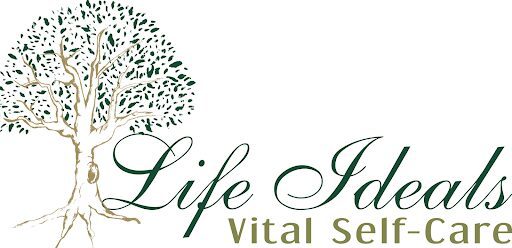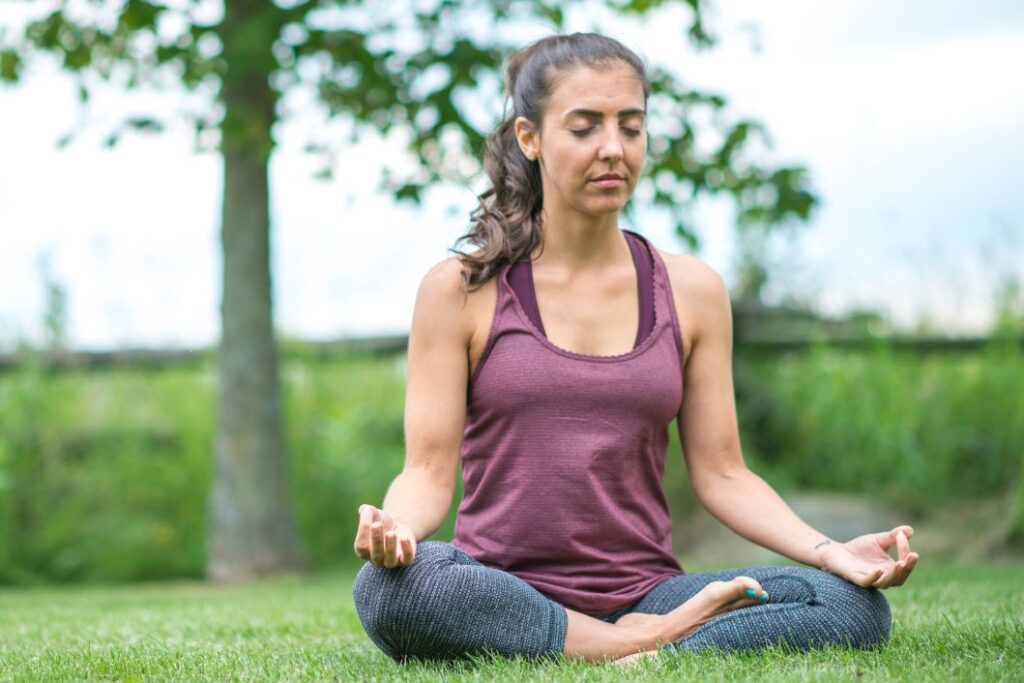Do you struggle with sticking to a firm routine, or do you thrive under a flexible schedule? Or vice versa, do you struggle with a flexible schedule and thrive with a firm routine? Or does a third option that lies in the middle of the two extremes work best for you? Understanding the balance between rigidity and flexibility can transform your approach to personal wellness.
The Strength of Routine
Many of us understand the benefits of routines—they create stability and efficiency, allowing us to automate parts of our lives to focus on other priorities. However, like many juggling multiple roles, strict routines often challenge rather than help me. Despite my appreciation for their benefits, my love for spontaneity frequently leads to these routines being derailed by unexpected demands. This struggle has sometimes led to harsh self-judgment as I question whether I lack discipline or am missing out on the benefits of more structured habits. Nowadays, I adopt a more empathetic approach to self-talk, recognizing that my need for flexibility and spontaneity stems from the variety of roles I fulfill.
The Vitality of Practice
Practice, unlike routine, is about actively engaging in activities that foster improvement and growth. It’s about deliberately improving ourselves by creating intentions rather than a fixed schedule. For example, if we want to increase physical activity, mindfulness, or other self-improvement techniques, integrating short meditation sessions during breaks or choosing spontaneous physical activities like a quick walk or stretch can add flexibility to your day, making practices more adaptable and personalized.
Insights from Research
A study titled “Creating Exercise Habits Using Incentives: The Trade-off Between Flexibility and Routinization” by John Beshears and colleagues sheds light on this discussion. The research found that while routines (like exercising at a set time) can boost immediate participation, they don’t always support long-term habit formation as effectively as more flexible approaches. Participants who had more leeway on when to exercise tended to maintain their habits better over time, suggesting that flexibility can enhance the sustainability of new behaviors. This flexibility can be applied to many areas of life, such as work tasks and learning new skills, allowing for adaptation to daily fluctuations in energy and mood.
Integrating Flexibility into Practices at Life Ideals
At Life Ideals, we take these insights to heart. While routines can offer a foundation of stability, incorporating flexibility allows for a more personalized and enduring approach to wellness. This philosophy helps you craft a lifestyle that aims for consistency and adapts to your life’s rhythms and changes. For example, one of my clients found that setting weekly goals for yoga practice, rather than fixed times, led to a more consistent and rewarding practice. This way, she aims to stream a yoga video in her living room twice a week and goes for a walk three days a week.
Combining Routine and Practice
How do we balance these dynamics? By creating routines that accommodate flexibility. For instance, rather than rigidly scheduling exercises at the same time daily, we encourage you to find windows throughout your day that suit your changing schedule. This approach aligns with our core belief at Life Ideals: through small, intentional actions—tailored to fit seamlessly into your life—we can spark significant transformations. If it’s hard to get 30 minutes of exercise each day, remember the American College of Lifestyle Medicine recommendation of 150 minutes per week. Setting a flexible weekly goal helps me figure out five thirty-minute brisk walks that I can incorporate into my daily schedule.
Conclusion
Whether trying to establish new health routines, deepen your wellness practices, or find the right balance, embracing routine and practice and understanding when and how to apply each flexibly can lead to a more balanced, fulfilling lifestyle. How do you balance routine and flexibility in your life?




